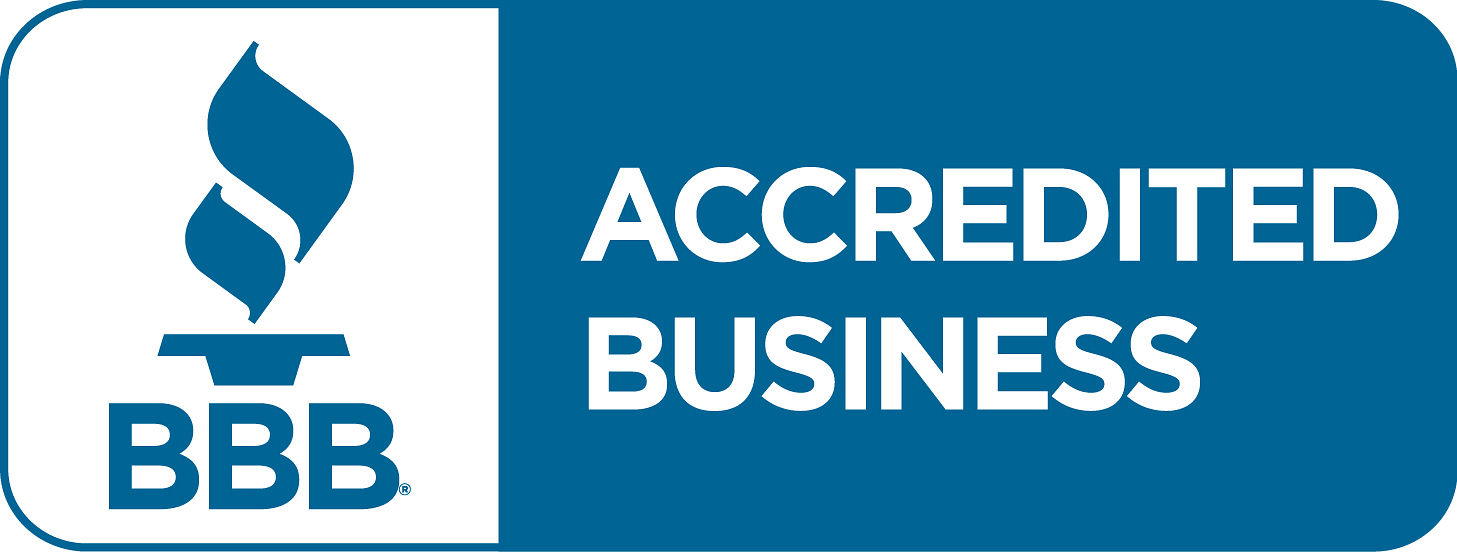
If you’ve been hoping for mortgage rates to dip — you’re in luck, because they’ve already started trending down. But will this downward trend continue? And just how much lower could they go?
Industry experts believe there’s still room for mortgage rates to decline further over the next year. One of the key indicators to watch is the 10-year Treasury yield. Here’s what you need to know:
The Connection Between Mortgage Rates and the 10-Year Treasury Yield
For more than five decades, the 30-year fixed mortgage rate has mirrored the movement of the 10-year Treasury yield, which serves as a reliable benchmark for long-term interest rates.

When the yield rises, mortgage rates tend to follow. And when the yield falls, rates usually come down as well.
This pattern has been steady for over 50 years. Experts even use a typical range — called the spread — to measure the difference between the two. Historically, this spread averages around 1.76 percentage points (or 176 basis points).
The Spread Is Narrowing — and That’s Good News
Recently, that spread has been wider than usual. Why? The spread often reflects market uncertainty. When there’s economic concern or volatility, the gap tends to grow. That’s one of the main reasons mortgage rates have been higher than normal lately.
However, there’s positive movement ahead. Even though some economic uncertainty remains, the spread has started to shrink as the market outlook becomes clearer.
And that’s promising news for buyers. As Redfin explains:
“A lower mortgage spread equals lower mortgage rates. If the spread continues to decline, mortgage rates could fall more than they already have.”
The 10-Year Treasury Yield Is Also Expected To Fall
It’s not just the spread that’s improving — forecasts suggest the 10-year Treasury yield will also trend lower in the coming months. Together, a declining yield and a narrowing spread could combine to bring mortgage rates down even further into next year.
That’s why many experts anticipate mortgage rates will gradually ease, possibly dipping into the upper 5% range by late next year.
To illustrate: with the 10-year Treasury yield currently around 4.09%, adding the average spread of 1.76% would place typical mortgage rates near 5.85% — a level not seen in years.
Of course, this outlook depends on several economic factors — like inflation, employment trends, and overall market stability — but so far, things are heading in the right direction.
Bottom Line
Tracking mortgage rates and market indicators can be confusing, but you don’t have to do it alone. Partnering with a trusted real estate agent or lender can make all the difference.
If you’d like real-time insights on mortgage rates and what they mean for your homebuying goals, let’s connect — we’ll help you stay informed and ready for your next move.






